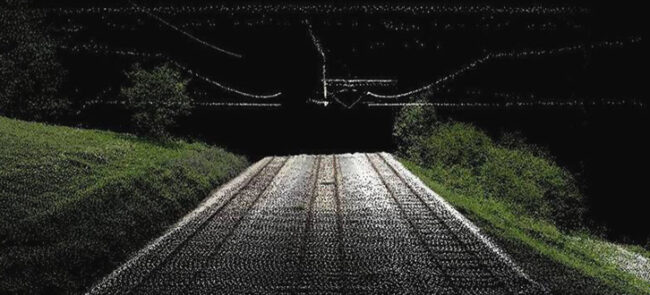The Art and Science of Corridor Mapping
Corridor mapping, a specialized technique in the realm of cartography and geospatial technology, offers a nuanced perspective on mapping linear features such as highways, pipelines, and railways. Unlike traditional mapping methods, which often focus on discrete points or areas, Corridor Mapping is tailored to capture the unique geometry and attributes of linear infrastructure. This approach goes beyond conventional mapping, providing valuable insights for planning, maintenance, and development of these vital transportation and utility corridors.
Corridor mapping involves the integration of cutting-edge technology, aerial imagery, and geographical information systems (GIS). The process begins with high-resolution aerial imagery captured through satellite or drone technology, allowing for detailed and accurate visualization of linear features. This imagery serves as the canvas upon which GIS tools work their magic, translating raw data into comprehensive maps that showcase not only the physical layout of the corridor but also critical details such as elevation changes, land use patterns, and potential obstacles.

One of the key advantages of corridor mapping is its ability to facilitate informed decision-making in infrastructure projects. Whether it’s the planning of a new highway, the expansion of a pipeline network, or the development of a high-speed rail corridor, the detailed insights provided by corridor mapping contribute to efficient design, resource allocation, and environmental impact assessments. The precision offered by this mapping technique minimizes uncertainties and optimizes the utilization of resources, ultimately resulting in more sustainable and effective infrastructure projects.
In conclusion, corridor mapping emerges as a sophisticated blend of art and science, providing a specialized lens through which linear features are meticulously mapped and analyzed. As technology continues to advance, corridor mapping stands at the forefront of innovations in cartography, offering a powerful tool for planners, engineers, and decision-makers involved in the development and management of critical infrastructure corridors.